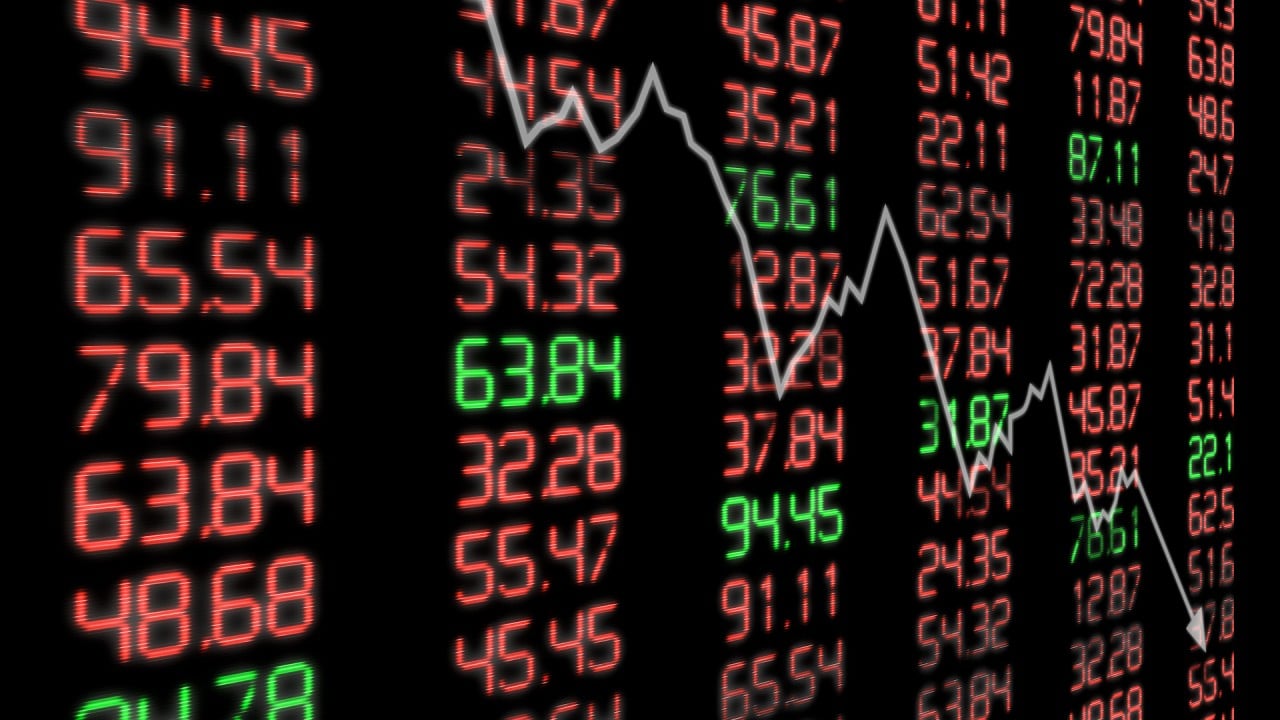In the aftermath of the 2008 global financial crisis, Chinese authorities kick-started a process to make the yuan an international currency. Yet, as measured by its use in global trade and investment, as well as central bank reserves, Beijing has achieved only limited success in boosting the currency, also known as the renminbi.
According to data compiled by Swift, the Belgium-based operator of the international payments messaging network for financial institutions, the yuan’s share in global payments was just 3.5 per cent in April, ranking fifth after the US dollar, euro, sterling and Japanese yen. Data from the International Monetary Fund showed the yuan accounted for only 2.2 per cent of official foreign exchange reserves, far behind the US dollar at 57.8 per cent and the euro at 19.8 per cent.
Considering the size of China’s economy and trade power, the yuan is clearly under-represented in the global financial system. As the largest trading partner for more than 120 countries, China’s currency should play a more prominent role. A key reason for the limited internationalisation is that China, after balancing the risks and benefits of managing an international currency, has taken a cautious approach – particularly since 2015, when missteps in yuan reform triggered persistent capital outflows.
In the past decade, China’s central bankers have been kept awake at night by the appreciation of the US dollar and depreciation of the yuan. The People’s Bank of China has kept itself busy trying to ward off the “triple threat” posed by a potential financial crisis, where stocks, bonds and exchange rates fall simultaneously. A key part of the job is to avoid capital flight, which is seen as a catalyst for a financial meltdown. The yuan’s internationalisation has become collateral damage of this approach.
There are many factors underlying the pressure of capital flight and yuan depreciation. One is the relative strength of the US dollar. The stronger the dollar, the more pressure on China to tighten control over the yuan and its exchange rate. Excessive controls, in turn, limit overseas investors’ appetite for yuan assets.
In other words, a strong dollar and a steady US market have cast a long shadow over the yuan’s prospects as an international currency. After all, what is the point of walking away from the dollar when it is obviously the best choice? This year, however, the winds are starting to blow in Beijing’s favour.



